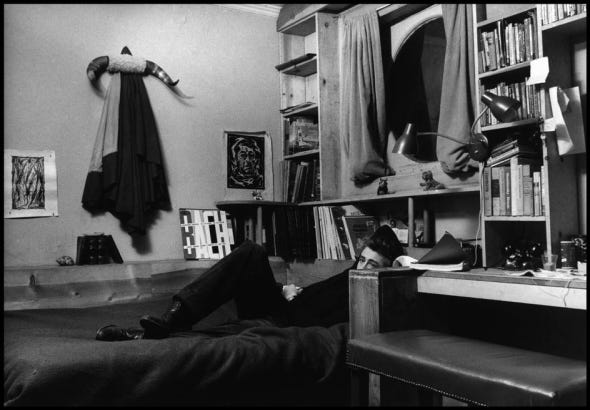Amongst others, Otash
The Implausible Revelations of a Hollywood Fixer
A new book rehashes the sensational claims of L.A. private eye Fred Otash, but there's just one problem: There's a very good chance he made many of them up.
JASON COLAVITO
In April, Grand Central Publishing will release The Fixer: Moguls, Mobsters, Movie Stars and Marilyn, a new biography of midcentury private investigator Frank Otash by Josh Young, who coauthors book professionally, and Manfred Westphal, an entertainment industry PR executive who has been attempting to write a book about Otash since 1990. A onetime vice squad cop, Otash became infamous as a fixer for Confidential magazine and later claimed to have spied on everyone from Rock Hudson to Marilyn Monroe, alleging that he was present when Hudson admitted to being gay and when Monroe died minutes after a physical altercation with Bobby Kennedy. The book promises to reveal the contents of Otash’s private files, which Westphal shared with the Hollywood Reporter in 2013.
At the time, the “secret” files created a media frenzy when Westphal revealed that Rock Hudson’s wife, Phyllis Gates, hired Otash to secretly record the couple while she attempted to coerce him into admitting he was gay. Westphal provided excerpts in which Gates asked Hudson why sex with him went so fast and whether he made love to boys for longer sessions. “Well, boys don’t fit,” Hudson somewhat implausibly was said to have replied. “So, this is why it lasts longer.” However, Westphal’s revelations weren’t actually revelations. In his 1976 memoir Investigation Hollywood! (a book ghostwritten by a press agent with a record of publishing defamatory material), Otash published the same transcript of that alleged recording. (He does not use Hudson’s name, to avoid a libel suit, but it is obviously him.) The “new” material isn’t new. It’s simply the raw notes Otash used in assembling his memoir.
Otash’s allegation that he was spying on Marilyn Monroe in her last hours, when she had sex with JFK, fought with Bobby Kennedy, and expired, previously appeared in the Los Angeles Times in 1985. Otash then expanded it with more detail and was writing a book about Monroe when he died. So, nothing new in these Monroe revelations either. ...
Otash, who died in 1992, was the inspiration for Jack Nicholson’s character in China Town and also for Russell Crowe’s character in L. A. Confidential. James Ellroy, who wrote the novel L. A. Confidential was based on, used a lightly fictionalized version of Otash by name as the protagonist of his 2021 novel Widespread Panic (expanded from an earlier novella), in which Otash narrates his life story from the afterlife. ...
Obviously, I can’t evaluate the whole corpus of Otash’s innumerable celebrity claims. But I can say something about Otash’s claimed connection to James Dean. Frankly, I think he made it all up.
In
Investigation Hollywood! Otash relates a story about meeting and befriending James Dean, a story that Ellroy uses with some telling changes as the inciting incident in
Widespread Panic. According to Otash, one vaguely defined day sometime in the middle 1950s (we’ll consider the exact date momentarily) Otash was working as a security guard for the Hollywood Ranch Market, a grocery store and bazaar located in Hollywood. It was later popular with young counterculture types and celebrities. Otash said that he caught James Dean shoplifting caviar and ham at the store. “I know he was some kind of idol,” Otash wrote, “but he wasn’t worth a damn to me the day I caught him shoplifting in the place. Here was a top draw star swiping stuff he could have paid for and never felt a dent in his pocketbook.” Otash claimed that he confronted Dean, threatened him, and then befriended the “panic”-stricken youth, turning him into his sidekick who would spend many days with him hunting for shoplifters behind a two-way mirror at the market. “He was one helluva bird dog,” Otash claimed.
Now, it seems odd that no one else ever mentioned this odd habit of Dean’s, but a closer examination reveals how Otash constructed his fanciful story. ...
https://jasoncolavito.substack.com/p/the-implausible-revelations-of-a







